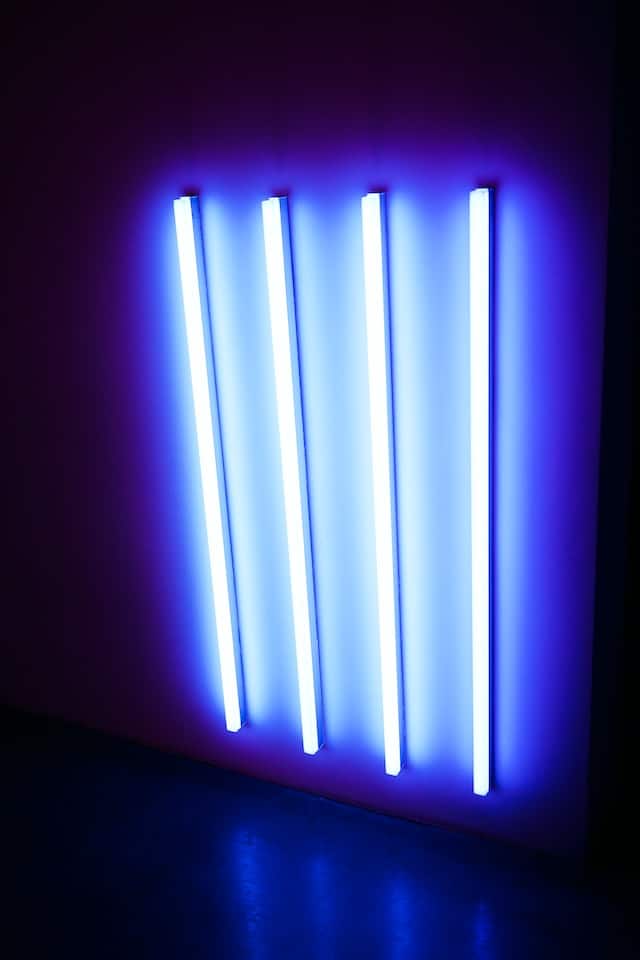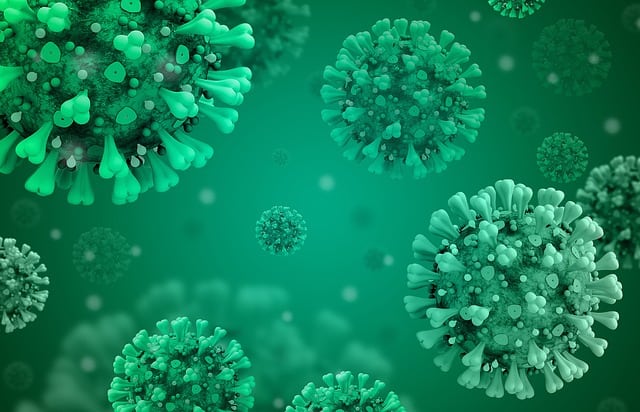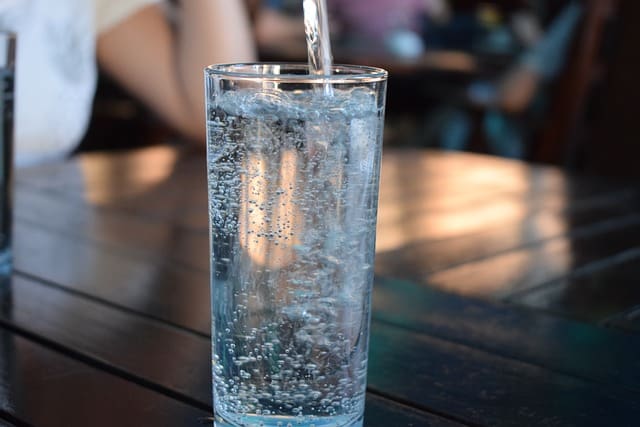Ultraviolet light (UV) is a topic that we have all heard spoken about in many aspects of day-to-day life, mostly related to the sun and potentially tanning beds. In recent times it has also been spoken more and more with regard to water treatment, particularly for households and camping & hiking. With the conversation around UV water treatment, the question needs to be asked, whether it is an environmentally friendly and sustainable practice. This question was the inspiration behind writing this article.
UV Water treatment is an environmentally friendly process. Ultraviolet water purifiers use no chemicals and produce negligible amounts of waste with minimal electricity use. UV water treatment is an efficient method of harmful bacteria from water, 6 key points on the topic are outlined below.

The LED technology that’s now used in UV water treatment is eco-friendly.
UV light is a form of electromagnetic radiation. It’s invisible to the human eye and can’t be seen, but it’s emitted by an enormous number of stars as well as our sun. UV light has so many uses that you might not even realize! The visible spectrum on your television screen is produced by UV light being emitted from behind a screen made up of fluorescent tubes, for example.
UV water treatment systems use LED lights instead of traditional fluorescent bulbs because LEDs are more efficient than fluorescents and don’t contain harmful chemicals like mercury or lead. Whilst not only being made of cleaner materials, LEDs also have a much longer life expectancy, are more durable and also easier and cleaner to recycle than the old fluorescent tubes. This step forward was perhaps the advancement that enabled UV water treatment to enter the mainstream household and personal use markets.
However, there are still concerns about using LEDs in this way: while they emit less heat than old-fashioned bulbs do, they’re still generating heat in order to produce their intended effect (ultraviolet radiation). If functioning properly these LEDs will be surrounded and cooled by water, negating any potential safety risk however if functioning incorrectly, like any electrical appliance can overheat. Generally speaking though, modern UV treatment systems have many safeguards like sensors and fuses in place to remove this risk from the equation.

UV light kills bacteria and viruses however it is ineffective against inorganic material.
UV light is highly effective at killing bacteria and viruses however it will not help against inorganic materials like lead, mercury or asbestos. UV light produces electromagnetic energy which destroys microorganisms like bacteria, viruses, fungi and mould’s ability to reproduce by causing reactions within their DNA and RNA. Although brilliant technology, this, unfortunately, does not help when dealing with heavy metals and other inorganic impurities because they do not contain RNA or DNA. In order to remove inorganic pollutants from water in addition to bacteria UV treatment is usually combined with some form of filtration.
One point that must be noted with UV water treatment is that it requires decent water clarity to function as the UV rays need to be able to penetrate through the entire area of water being treated. If the water being processed has a lot of sand or heavy organic matter, UV will require some sort of pre-filtration before being treated. The fact filtration and UV treatment often go hand-in-hand at an industrial or household level leads to many turnkey products being sold incorporating both filtration and UV treatment. This pre-filtration also helps extend the life of the UV tubes by removing abrasive material from the water prior to exposure to the lamps.

It does not alter the chemical composition of the water, so it’s safe for drinking.
UV water treatment does not change the chemical composition of the water. It can be used to purify both potable and industrial water, with no adverse effects on its quality. The process of UV treatment will not add or remove minerals like calcium or magnesium from your water, it only affects organic materials like bacteria & viruses. This means that UV water treatment also has no effect on the taste of water as the salts and ions present before will remain there afterwards.
Since it doesn’t use chemicals or substances to purify the water, it is considered eco-friendly.
UV light is a non-toxic, non-chemical treatment method. UV light is a natural disinfectant and does not use any harmful byproducts or chemicals to purify the water. This makes it safe for people and eco-friendly on many levels. The UV (ultraviolet) radiation used in water treatment is exactly the same as what occurs naturally through sunlight, this makes UV water treatment a very hands-off treatment process in relation to others like desalination & chlorination which fundamentally change the composition of the water being processed.

Minimal waste are products produced
Unlike other water treatment methods like desalination which produce sizeable amounts of waste during the treatment process, UV treatment produces nothing. Generally speaking, UV water treatment has zero by-products, only the tubes themselves need to be cleaned and replaced at a regular service interval. These LED tubes are easily recycled when they do eventually reach the end of their service life and don’t result in huge landfills as is the case with some materials like solar panels and lithium batteries.
It removes pathogens from the water whilst leaving potentially beneficial minerals behind.
You may be wondering whether UV water treatment removes minerals from your water. This is a common concern and one that you should rest easy about. UV light does not remove minerals from the water, only harmful pathogens in your water are affected by the process. Useful minerals like magnesium, fluoride and calcium are not removed from water through UV treatment and therefore any potential health benefits of such minerals remain in the drinking water after treatment.
letsdowater.com/glossary/
hbr.org/2021/06/the-dark-side-of-solar-power
arstechnica.com/science/2022/04/lithium-costs-a-lot-of-money-so-why-arent-we-recycling-lithium-batteries/
https://www.theclimategroup.org/led
https://www.ncbi.nlm.nih.gov/pmc/articles/PMC7765472/
https://link.springer.com/article/10.1007/s11947-008-0178-3
https://ww2.health.wa.gov.au/Articles/U_Z/Ultraviolet-disinfection-of-drinking-water


